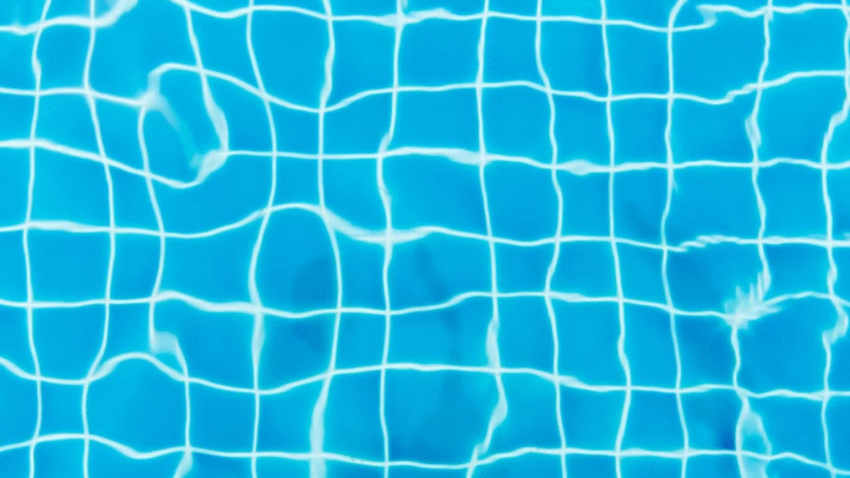Introduction
Is your pool water cloudy, smelly, or turning green? These are clear signs your chlorine levels are too low. In this step-by-step guide on how to raise chlorine levels in your pool, you’ll learn exactly how to test your water, choose the right chlorine product, and apply it correctly for clean, safe swimming. Mastering chlorine balance is one of the most important skills for any pool owner.
Why Raising Chlorine Levels Matters for Your Pool
Chlorine is your pool’s primary sanitizer—it kills bacteria, algae, and harmful contaminants introduced by swimmers and the environment. When chlorine drops too low, the pool becomes unsafe and unappealing. Maintaining the correct chlorine level (typically 1.0 to 3.0 ppm) helps:
- Keep water clear and sparkling
- Prevent algae blooms
- Eliminate bacteria and viruses
- Minimize chlorine odor and irritation
- Extend the life of your pool surfaces and equipment
Low chlorine can quickly lead to pool problems, especially during hot weather or heavy use, so quick correction is essential.
Step-by-Step Guide to Raising Chlorine Levels in Your Pool
Step 1: Test Your Pool Water
Use a reliable test kit or digital pool tester to check your free chlorine level. This tells you how much chlorine is actively working in the water. You’re looking for:
- Ideal range: 1.0–3.0 ppm (parts per million)
- Below 1.0 ppm = low chlorine
- 0 ppm = critical level (immediate action needed)
Pool Owner Tip: Also check pH when testing chlorine. A high or low pH can make chlorine less effective.
Step 2: Determine How Much Chlorine You Need
Use a pool calculator or refer to the chlorine product packaging to determine the right dosage based on:
- Current chlorine reading
- Pool size in gallons
- Target chlorine level (typically 2.0–3.0 ppm)
Here’s a general estimate:
- 1 pound of calcium hypochlorite (powdered chlorine) raises chlorine by 1 ppm in a 10,000-gallon pool.
Step 3: Choose the Right Chlorine Product
There are several types of chlorine available, each with different benefits:
1. Liquid Chlorine (Sodium Hypochlorite)
- Fast-acting
- Great for daily maintenance
- Easy to pour into the pool
2. Granular Chlorine (Calcium Hypochlorite)
- Powerful and fast-dissolving
- Ideal for shock treatments
- Must be pre-dissolved in water
3. Chlorine Tablets (Trichlor or Dichlor)
- Slow-dissolving
- Ideal for long-term use in floaters or feeders
- Not for rapid level increases
4. Pool Shock (Super-Chlorination)
- Used for severe chlorine drop (0 ppm or green pool)
- Raises chlorine quickly by several ppm
Caution: Never mix different chlorine types. Use one type at a time and store them safely.
Step 4: Add Chlorine to the Pool
Option A: Adding Liquid Chlorine
- Turn on the pool pump.
- Pour the correct amount of liquid chlorine directly around the perimeter of the pool.
- Let the water circulate for at least 4 hours.
- Retest chlorine levels after circulation.
Option B: Adding Granular Chlorine
- Pre-dissolve the granules in a clean bucket of pool water.
- Stir until fully dissolved.
- With the pump running, pour the solution evenly around the pool.
- Circulate for 4–6 hours and retest.
Option C: Adding Chlorine Tablets
- Place the correct number of tablets into a floating dispenser or automatic chlorinator.
- Do not place tablets directly in the skimmer unless recommended.
- Allow to dissolve slowly over 1–3 days.
- Monitor chlorine levels daily during use.
Pool Owner Tip: For fast results, liquid or granular chlorine is best. Tablets are for slow maintenance.
Step 5: Retest and Adjust
After adding chlorine, wait a few hours (or overnight), then test your chlorine level again. If you’re still under 1.0 ppm, repeat the dosage process.
Step 6: Maintain Chlorine Levels
Once your chlorine is back in the target range:
- Test water 2–3 times per week in summer
- Add a chlorine stabilizer (cyanuric acid) to protect chlorine from sunlight
- Run the pump 8–12 hours a day to circulate chemicals
Consistent maintenance helps avoid dips in chlorine and prevents issues like algae or cloudy water.
Common Mistakes to Avoid
- Not Testing Before Adding Chlorine
Guessing leads to over- or under-dosing. Always test first. - Adding Chlorine with the Pump Off
Poor circulation leaves some areas under-treated. - Ignoring pH Levels
If pH is too high (above 7.8), chlorine becomes less effective. - Overusing Chlorine Tablets
They release stabilizer (CYA), which can build up and reduce chlorine performance over time. - Using Old Chlorine
Chlorine loses potency over time—store it in a cool, dry place.
Extra Tips & Pool Hacks
- Shock After Heavy Use or Rainstorms: Shocking helps reset chlorine levels and eliminate contaminants.
- Use a Solar Cover: This helps prevent UV rays from burning off free chlorine.
- Try Smart Chlorinators: These automate chlorine delivery and maintain consistent levels.
Need to lower chlorine instead? Check out our guide on [how to reduce chlorine levels in your pool].
Conclusion
Raising chlorine levels in your pool is a simple but essential task that ensures clean, safe swimming conditions. By regularly testing your water, choosing the right chlorine product, and applying it properly, you can prevent algae, bacteria, and cloudy water. Make chlorine balance part of your weekly pool care routine, and your water will stay inviting all season long.
✅ Bookmark this guide and keep your chlorine levels perfect every time!
